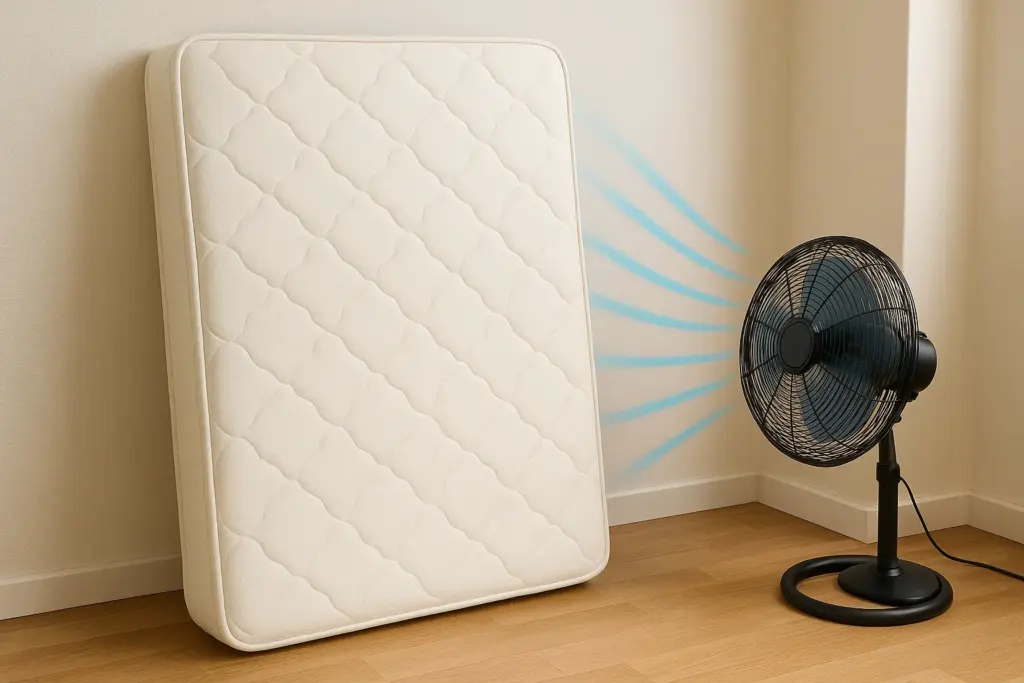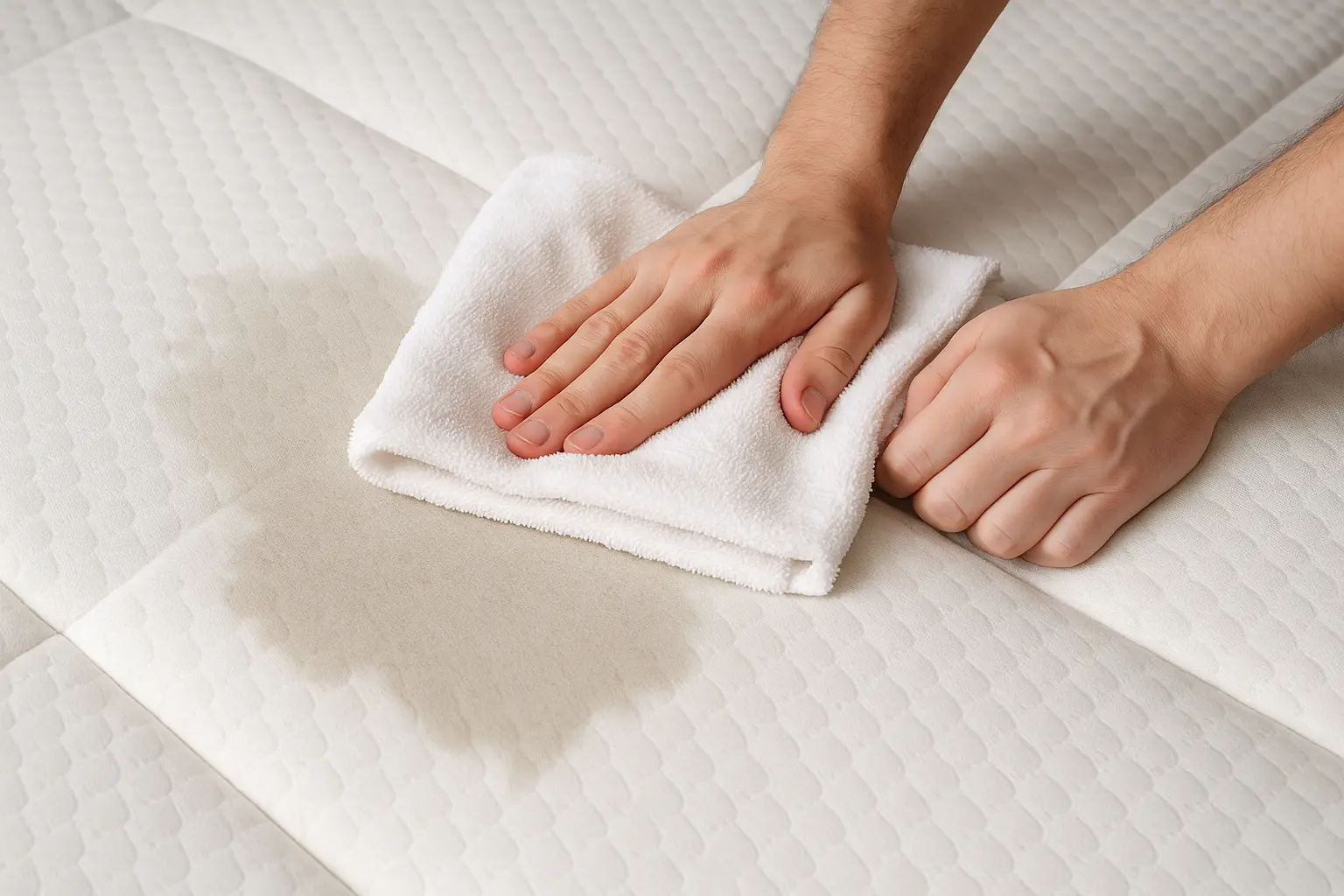A memory foam mattress is an investment in long-term comfort and spinal health. However, unlike traditional spring mattresses, memory foam is highly absorbent. When exposed to water, spills, or high humidity, it can quickly soak up moisture deep into its core. If not dried properly, the trapped moisture may cause mildew, odors, and even permanent damage.
Whether you are a household user, a hotel operator, or a procurement manager for hospitality projects, knowing the correct drying techniques is essential for maintaining product lifespan and customer satisfaction.
Why Drying a Memory Foam Mattress Is Challenging
- Absorbent Structure: Memory foam is made of viscoelastic polyurethane, which acts like a sponge, holding onto liquid.
- Slow Evaporation: Because of its density, moisture does not easily escape once absorbed.
- Risk of Mold: A damp mattress can develop mold and bacteria in as little as 24–48 hours.
This is why quick action and correct methods are critical.
Step-by-Step Guide: How to Dry a Wet Memory Foam Mattress
1. Remove Moisture Immediately
- Use a dry towel to blot as much liquid as possible.
- For large spills, use a wet/dry vacuum to extract excess water.
- Avoid pressing too hard, as this can push water deeper into the foam.
2. Use Absorbent Materials
- Sprinkle baking soda over the wet area to help draw out moisture and reduce odors.
- Leave it for several hours, then vacuum it up.
3. Increase Air Circulation
- Place the mattress in a well-ventilated room.
- Use fans and open windows to accelerate drying.
- If possible, place the mattress in an upright position against a wall for better airflow on all sides.
4. Apply Heat with Caution
- A hairdryer on low heat can be used to target damp spots.
- Avoid high heat, as it may damage the foam structure.
- Never place the mattress under direct sunlight for extended hours—moderate sun exposure is fine, but prolonged heat can cause foam deterioration.
5. Use a Dehumidifier
- For humid climates or thick mattresses, a dehumidifier is highly effective.
- This not only speeds up drying but also reduces the risk of mold growth.

What Not to Do
- Do not machine wash or fully soak a memory foam mattress.
- Do not use high-heat blowers or dryers, as this may warp the foam.
- Do not put the mattress back on the bed frame until it is completely dry—otherwise moisture will be trapped.
Preventing Future Moisture Problems
For long-term protection, consider:
- Waterproof mattress protectors – essential for both households and hotels.
- Proper ventilation in rooms – reduces condensation issues.
- Regular inspection – early detection of damp spots prevents mold development.
Correct vs Wrong Ways to Dry a Wet Memory Foam Mattress
| Correct Practices | Why It Works | Wrong Practices | Risks |
|---|---|---|---|
| Blot moisture with towels or use a wet/dry vacuum | Quickly absorbs excess water before it seeps deeper | Pressing down hard on mattress | Pushes water further inside foam |
| Apply baking soda to damp areas | Draws out moisture and neutralizes odors | Using harsh chemical cleaners | Can damage foam structure and leave residues |
| Place mattress upright in a ventilated room with fans | Enhances airflow and speeds up drying | Leaving mattress flat on the floor | Traps moisture underneath, promotes mold |
| Use a dehumidifier in humid climates | Reduces air moisture and accelerates drying | Using high heat devices (e.g., hairdryer on max, heaters) | Warps foam, reduces lifespan |
| Allow mattress to dry fully before reuse | Prevents mold, bacteria, and odor | Covering mattress with bedding too soon | Traps moisture, encourages mildew growth |
Final Thoughts
Drying a wet memory foam mattress requires patience, ventilation, and moisture control. By acting quickly and using the right methods—towel blotting, baking soda, airflow, and dehumidifiers—you can save the mattress from long-term damage.
For B2B buyers, investing in waterproof covers and moisture-resistant bedding solutions is a strategic way to reduce product loss and extend service life, especially in hospitality and healthcare environments.


Leave a Reply